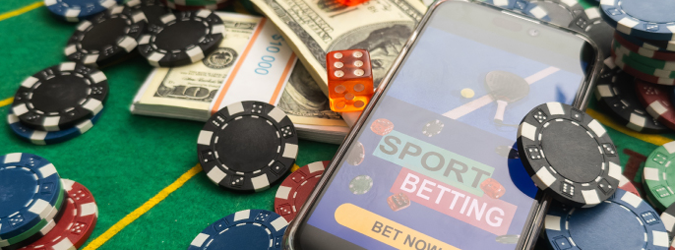
Best Strategies for Successful Sports
In the realm of sports, success is not only a function of talent but also of strategy, discipline, and preparation. Athletes across various disciplines consistently seek to optimize their performance through a combination of physical training, mental conditioning, and tactical planning. This article delves into the best strategies for achieving success in sports, providing insights that can benefit athletes, coaches, and aspiring sports enthusiasts alike. One way to enhance the overall experience in sports betting and fan engagement is through platforms like Best strategies for successful sports Marvelbet, which offer comprehensive tools and resources for sports lovers.
1. Setting SMART Goals
The foundation of success in sports begins with the establishment of clear, attainable goals. SMART goals are characterized by being Specific, Measurable, Achievable, Relevant, and Time-bound. This structured approach ensures that athletes have a focused direction and benchmark to assess their progress. For example, a swimmer aiming to improve their 100m freestyle time might set a goal of reducing their time by one second within three months of consistent training.
2. Consistent Training Regimens
Regular and systematic training is crucial for success in any sport. Athletes must establish a training schedule that accommodates their unique physical needs and competitive landscape. This includes the right mix of endurance, strength, flexibility, and skill-specific drills. Emphasizing consistency allows athletes to build muscle memory, improve their technique, and enhance overall performance.
3. Nutrition and Recovery

Athletic performance extends beyond the physical exertion of training and competition—it also involves proper nutrition and recovery. Athletes should adhere to a balanced diet tailored to their sport, ensuring they consume the necessary macronutrients and micronutrients to fuel their bodies. Additionally, incorporating rest, hydration, and recovery techniques (such as stretching, massage, and sleep) is fundamental to minimizing injury risk and promoting longevity in the sport.
4. Mental Conditioning and Focus
Mental resilience plays a pivotal role in determining an athlete’s success. Strategies such as visualization, meditation, and positive self-talk can enhance an athlete’s mental game. Visualization involves imagining successful performances, thereby instilling confidence and reducing anxiety. Mental training can be just as important as physical training, and athletes should prioritize it as part of their overall preparation.
5. Engaging with Coaches and Mentors
Coaches and mentors provide invaluable insights based on experience and expertise. Establishing a strong relationship with a coach fosters an environment for continuous learning and improvement. Regular feedback can guide athletes through technical adjustments and strategic decisions during training sessions and competitions. Networking with established athletes can also provide aspiring competitors with new perspectives and motivation.
6. Understanding the Competition
In many sports, understanding one’s opponents is just as important as training oneself. Analyzing competitors’ strengths and weaknesses can inform an athlete’s strategy during competition. This might include studying film, observing play styles, and identifying tactical trends that could be exploited during matches. Knowledge of the competition creates an opportunity for strategic advantages that can translate to success.
7. Incorporating Technology and Data Analysis

In contemporary sports, technology plays an increasing role in enhancing performance. Data analytics can provide athletes and coaches with essential metrics regarding performance, such as speed, power output, and tactical effectiveness. Wearable devices, video analysis, and simulation software can help identify areas for improvement and foster optimized training programs tailored to individual needs.
8. Developing Strong Team Dynamics
For team sports, creating strong dynamics among team members is crucial to success. This includes fostering communication, trust, and a collective sense of purpose. Team-building exercises and open dialogues can enhance camaraderie, which in turn can increase performance on the field or court. A cohesive unit often demonstrates better synergy during competition, leading to improved outcomes.
9. Adapting and Learning from Setbacks
Failure is a part of sports, and successful athletes learn to embrace it rather than fear it. An essential strategy is to assess setbacks as opportunities for growth. Whether it’s a loss in competition or an injury, resilience and adaptability are key. Athletes should reflect on these experiences to understand what can be improved for future performances, thus developing a growth mindset.
10. Enjoying the Journey
Finally, while success is a primary goal, enjoying the journey of sports is equally important. Passion for the sport, enjoyment of competition, and love for the process can keep athletes motivated and mentally healthy. Encouraging a positive atmosphere that celebrates both achievements and efforts can lead to sustained engagement and commitment over time.
Conclusion
Ultimately, the best strategies for successful sports revolve around a holistic approach that encompasses physical training, mental strength, proper nutrition, and teamwork. By prioritizing these elements, athletes can maximize their potential and achieve their goals. Remember, sports are not just about winning; they are also about growth, resilience, and the joy of competition. With the right strategies in place, every athlete can set themselves up for a successful and fulfilling sporting journey.

